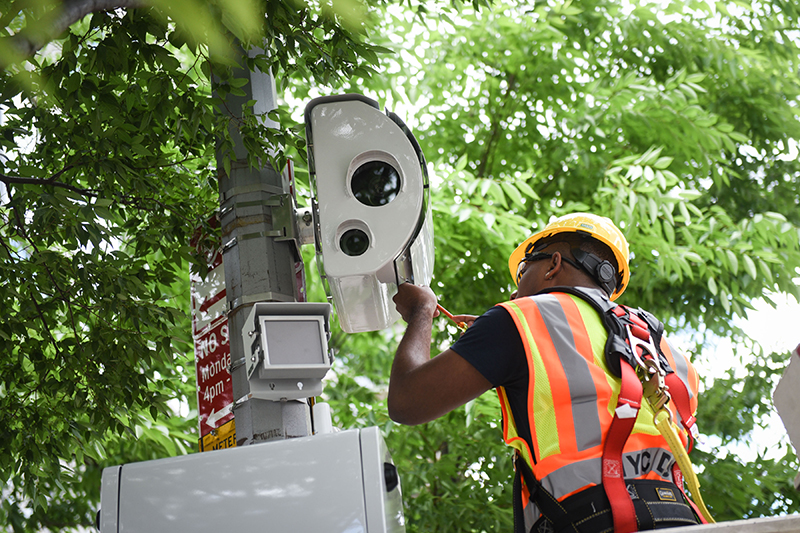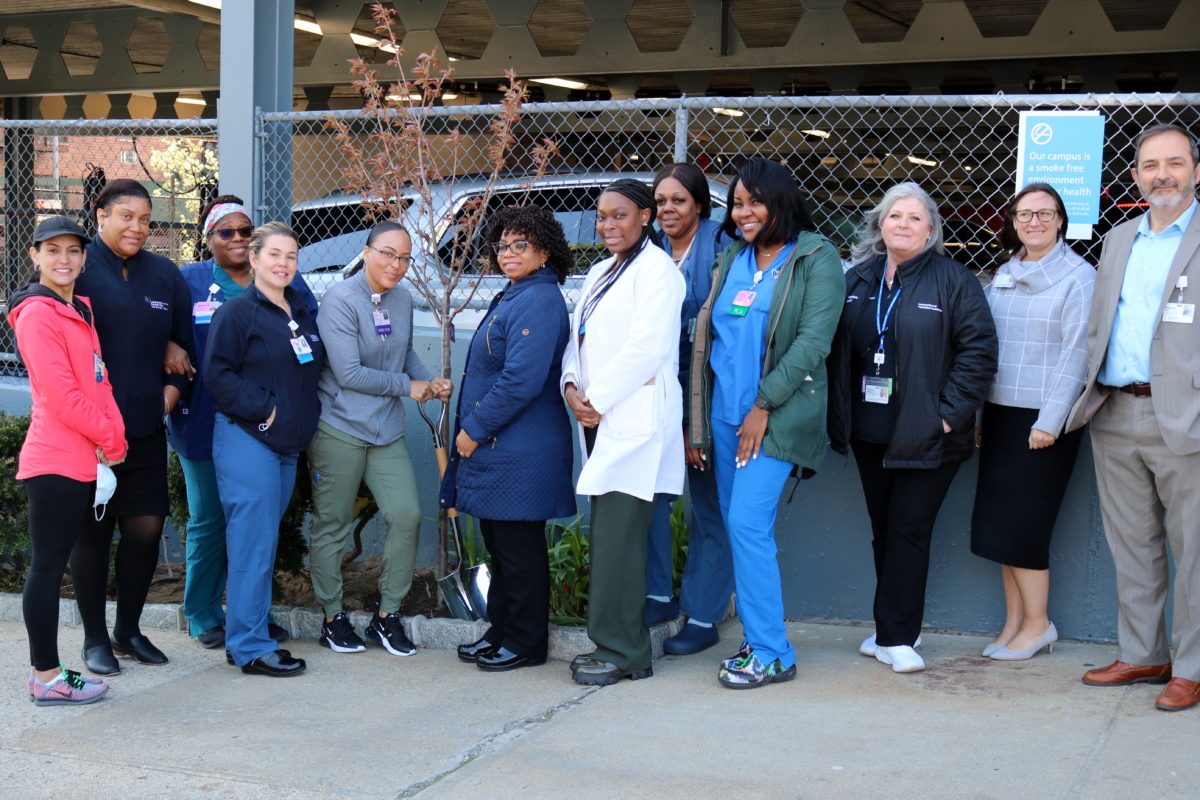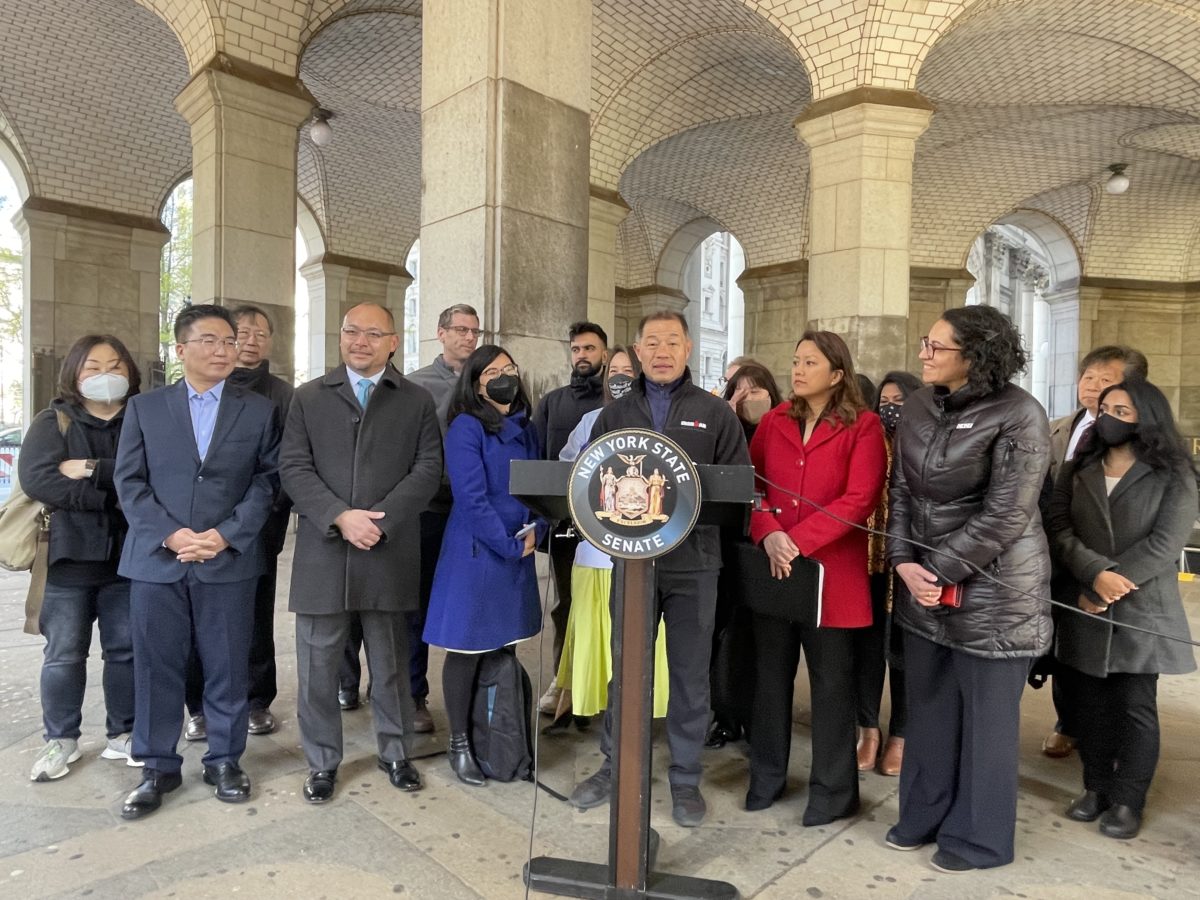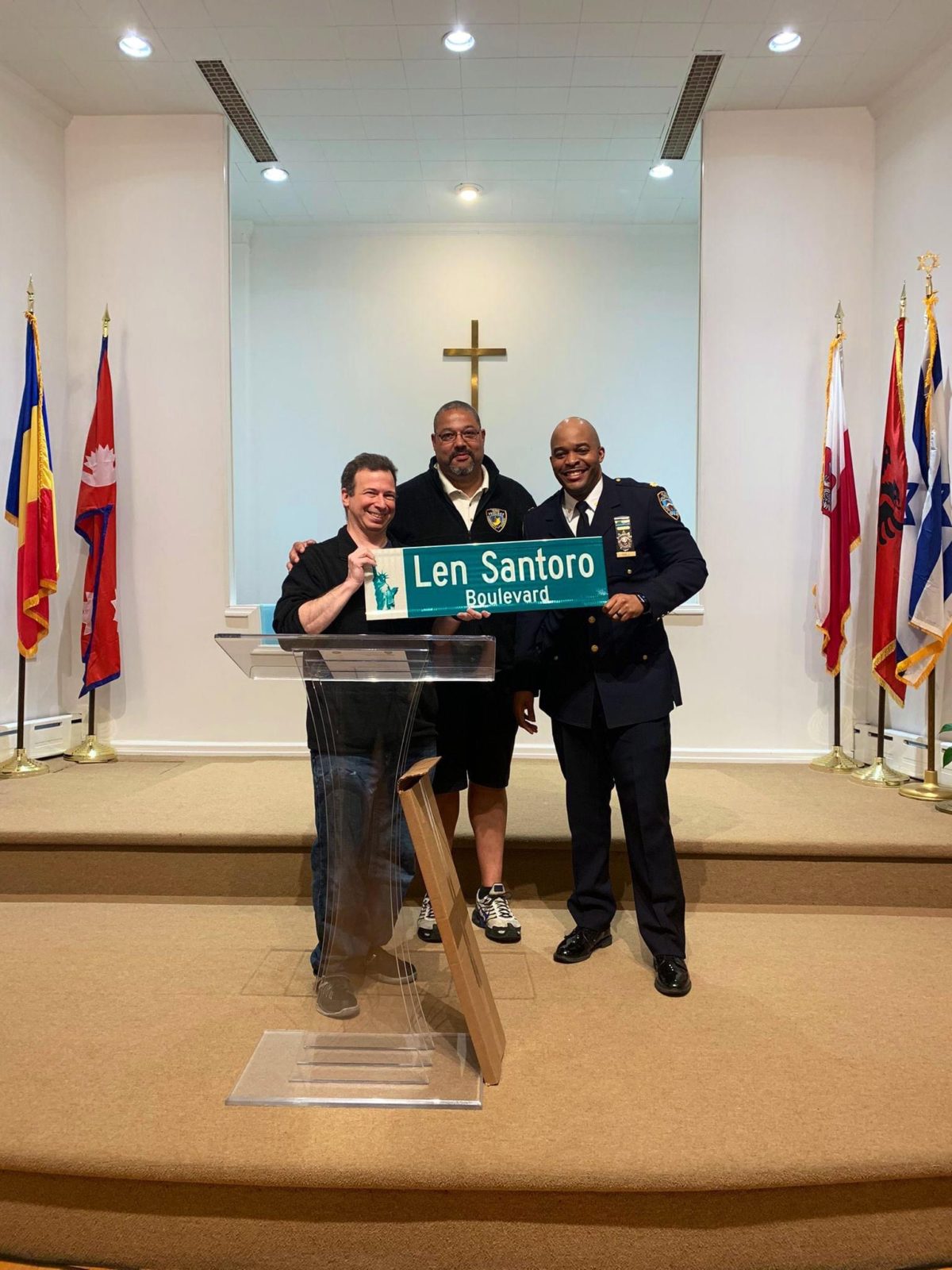Wendell: Remembering Woodhaven’s Lt. Harry Joseph Schmitt
He was a Woodhaven boy. He lived on Jamaica Avenue. He attended PS 97 and Franklin K. Lane High School and picked up a few bucks delivering The Leader-Observer.
As a young man, he went to Queens College where he excelled in the classroom and on the baseball diamond. He was honored as a distinguished military graduate and received his commission as a 2nd Lieutenant in the Air Force, where he trained to be a pilot.
He was just 23 years old and his future was bright, but Woodhaven was still close to his heart. While stationed at an Air Force base in Dover, Delaware, as a radar observer, he kept an old postcard of Forest Parkway in his locker.
He kept in touch with his folks regularly and they spoke about his next visit to his old hometown. In fact, his bags were already packed and he was ready to go on leave.
And he would be bringing home a surprise for his family, the young woman who he was planning to make his wife.
But Harry Schmitt never came home. In July 1958, he was killed while on a routine flight over the Atlantic off the coast of Cape May, New Jersey
As with any accident, the details of what happened are as murky as the waters Harry Schmitt’s plane crashed into. It appears that the pilot did not realize how low he was flying. In fact, he may have even skipped the jet across the top of the ocean.
The pilot ordered Harry Schmitt to bail, but because the plane was so low when he ejected, his parachute never opened. The Air Force speculated that he was killed instantly but we’ll never know for certain as the young man from Woodhaven was never found.
It was front page news here in Woodhaven. Lt. Harry Joseph Schmitt was remembered at a Solemn High Mass of Requiem at St. Thomas the Apostle Church.
The Leader-Observer expressed their grief and fondly remembered the boy who delivered this newspaper.
“From the first day when he took his papers out on his route, his spirit of affable friendliness endeared him to everyone,” the paper recalled in an editorial.
They remembered his cheery greetings whenever he entered the newspaper’s office on Jamaica Avenue, and they shared how friendly Harry was to all of the customers on his paper route.
“The memory of Harry Schmitt’s grin and exuberant ‘Hi!’ will never be forgotten,” the Leader wrote.
But as the years went by, it would appear that the memory of young Harry Schmitt began to fade away in Woodhaven, but he was never forgotten, certainly not by American Legion Post 118.
Starting in 1961, our local American Legion has been honoring its members in their Garden of Remembrance, which was planned to be a “miniature Arlington Cemetery,” with a marker honoring residents of Woodhaven who died in service or afterwards.
It is a beautiful sight, a field of crosses filling the front yard of the post, each marker representing someone who is no longer with us. A ceremony is held every year in honor of those that the markers represent.
And every year since 1961, Harry Schmitt has been part of that Garden of Remembrance; a cross bearing his name has been on display, with all the others, every Memorial Day.
The Schmitt family left Woodhaven just a year after young Harry perished and they were unaware that the Post had continued to honor Harry in their garden each year. It touched them deeply that their Harry had never been forgotten.
In 2018, 60 years after Harry was lost, the Schmitt family returned to Woodhaven for Memorial Day services at the Post. Harry’s sister Margaret was presented with a memorial flag while everyone observed a moment of silence.
During the ceremony, Commander John Lawless asked everyone to look at the Garden of Remembrance. “Sadly, each year, our garden grows,” he said.
Each new marker is a new name that will forever be remembered and honored by American Legion Post 118 and the residents of Woodhaven.
Please note that American Legion Post 118 will be hosting a Memorial Day Observance at Forest Parkway and Jamaica Avenue on Thursday, May 26th starting at 6:30 p.m. And on Memorial Day itself, resident will begin gathering at 10:30 for the annual Memorial Day Observance outside the post, in front of the Garden of Remembrance.





 First, most development projects receiving 421-a benefits, particularly under the current version of the program, would not have been built without the incentive. Furthermore, CBC’s analysis shows that the foregone revenue will decrease by less than $100 million per year through fiscal year 2029, and it will take until fiscal year 2043 for $1 billion of the currently foregone revenue to be returned to the tax roll.
First, most development projects receiving 421-a benefits, particularly under the current version of the program, would not have been built without the incentive. Furthermore, CBC’s analysis shows that the foregone revenue will decrease by less than $100 million per year through fiscal year 2029, and it will take until fiscal year 2043 for $1 billion of the currently foregone revenue to be returned to the tax roll. To improve affordability and catch up to past population and job growth, New York City needs to produce more housing of every kind, including both affordable and market-rate rental units. A successor to 421-a is a key component of a broader package of policies and programs needed to boost housing production, which should also include reducing construction and operating costs, increasing as-of-right zoning capacity, and reforming the property tax. Allowing 421-a to expire without a successor will result in less rental housing construction, significantly less affordable housing development (both overall and especially in high opportunity areas), and in the long run, less property tax revenue for the City.
To improve affordability and catch up to past population and job growth, New York City needs to produce more housing of every kind, including both affordable and market-rate rental units. A successor to 421-a is a key component of a broader package of policies and programs needed to boost housing production, which should also include reducing construction and operating costs, increasing as-of-right zoning capacity, and reforming the property tax. Allowing 421-a to expire without a successor will result in less rental housing construction, significantly less affordable housing development (both overall and especially in high opportunity areas), and in the long run, less property tax revenue for the City.
 As part of Northwell Health’s environmental giveback initiative to honor the 30,000 babies born annually at the health system’s 10 birthing hospitals, LIJ Forest Hills planted a tree on their campus on National Arbor Day. Last year, 1,953 babies were delivered at LIJ Forest Hills.
As part of Northwell Health’s environmental giveback initiative to honor the 30,000 babies born annually at the health system’s 10 birthing hospitals, LIJ Forest Hills planted a tree on their campus on National Arbor Day. Last year, 1,953 babies were delivered at LIJ Forest Hills.

